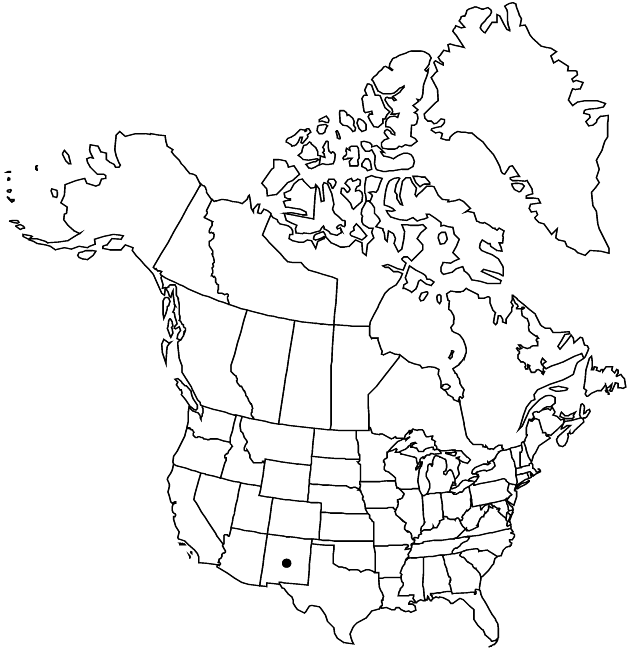Brickellia chenopodina
Mem. Gray Herb. 1: 99. 1917.
Perennials, 100–150 cm (bases woody). Stems branched, stipitate-glandular. Leaves alternate; petioles 4–10 mm; blades 3-nerved from bases, rhombic-ovate to lanceolate, 20–50 × 10–40 mm, bases rounded to cuneate, margins entire or irregularly dentate, apices acute, faces glabrous or sparsely glanddotted. Heads borne singly (terminating lateral branches). Peduncles (leafy) 5–50 mm, stipitate-glandular. Involucres cylindric to campanulate, 8–9 mm. Phyllaries 22–26 in 5–6 series, greenish, often purple-tinged, 3–4-striate, subequal or unequal, margins narrowly scarious; outer lanceolate to lanceovate (often herbaceous, glandular-hirtellous, equaling or surpassing inner, apices acute to long-attenuate), inner lanceolate to lance-linear (glabrous, apices obtuse to acute). Florets 18–24; corollas pale yellow-green or greenish white, 5–6 mm. Cypselae 2.5–3 mm, strigose; pappi of 30–35 white, smooth or barbellulate bristles. 2n = 18.
Phenology: Flowering Aug–Oct.
Habitat: Near streams, canyon bottoms
Elevation: 1300–1600 m
Discussion
Of conservation concern.
Brickellia chenopodina is known only from Grants County; it is similar in most respects to B. floribunda and may be little more than a shade form of the latter, with which it is sympatric.
Selected References
None.
Lower Taxa
"fine" is not a number.
